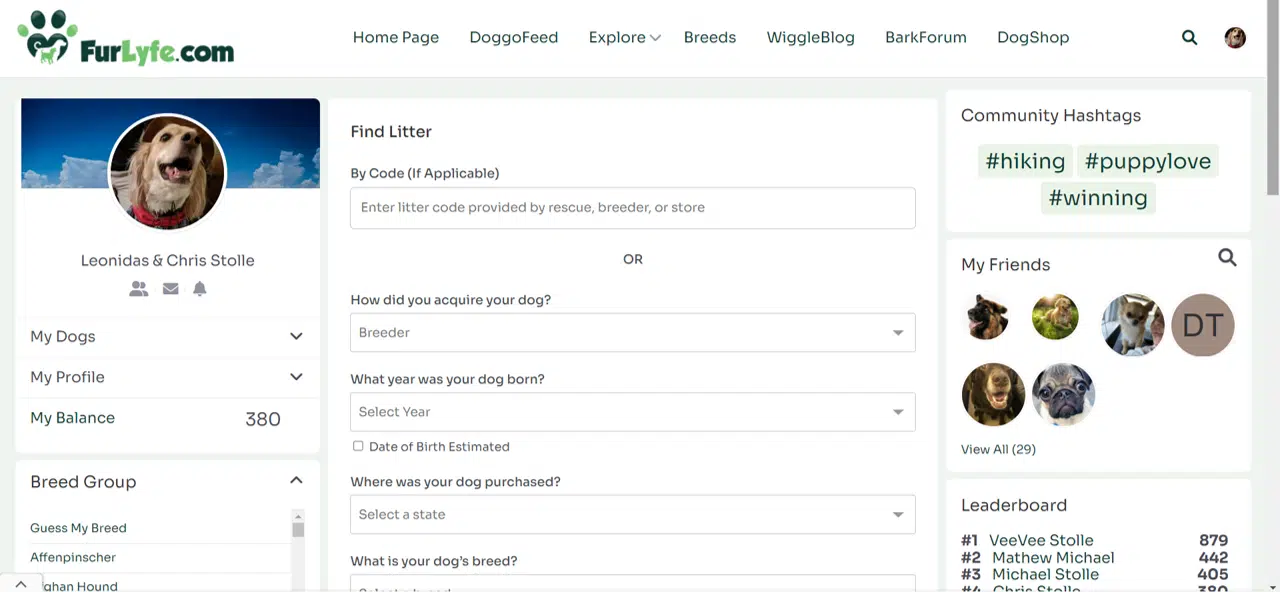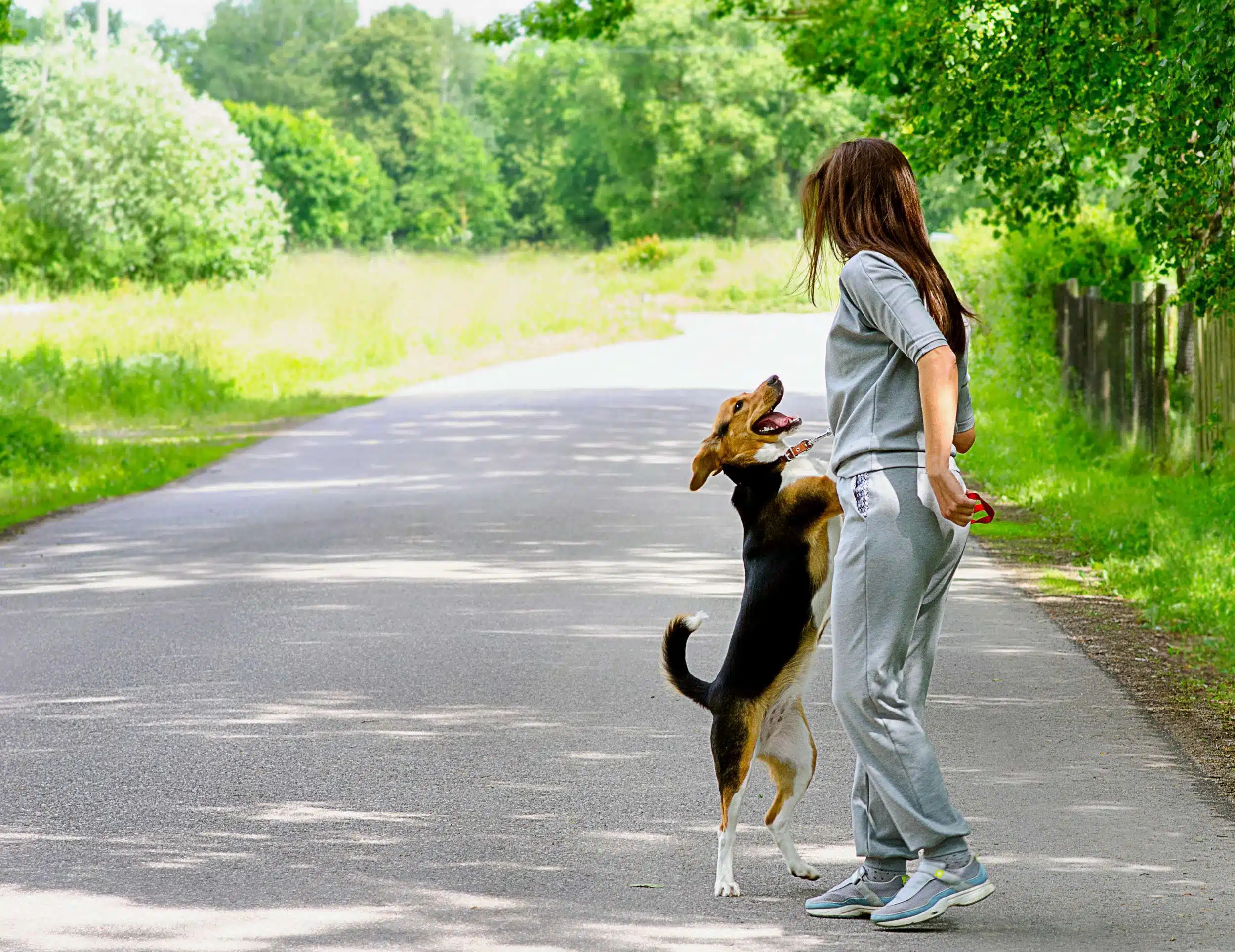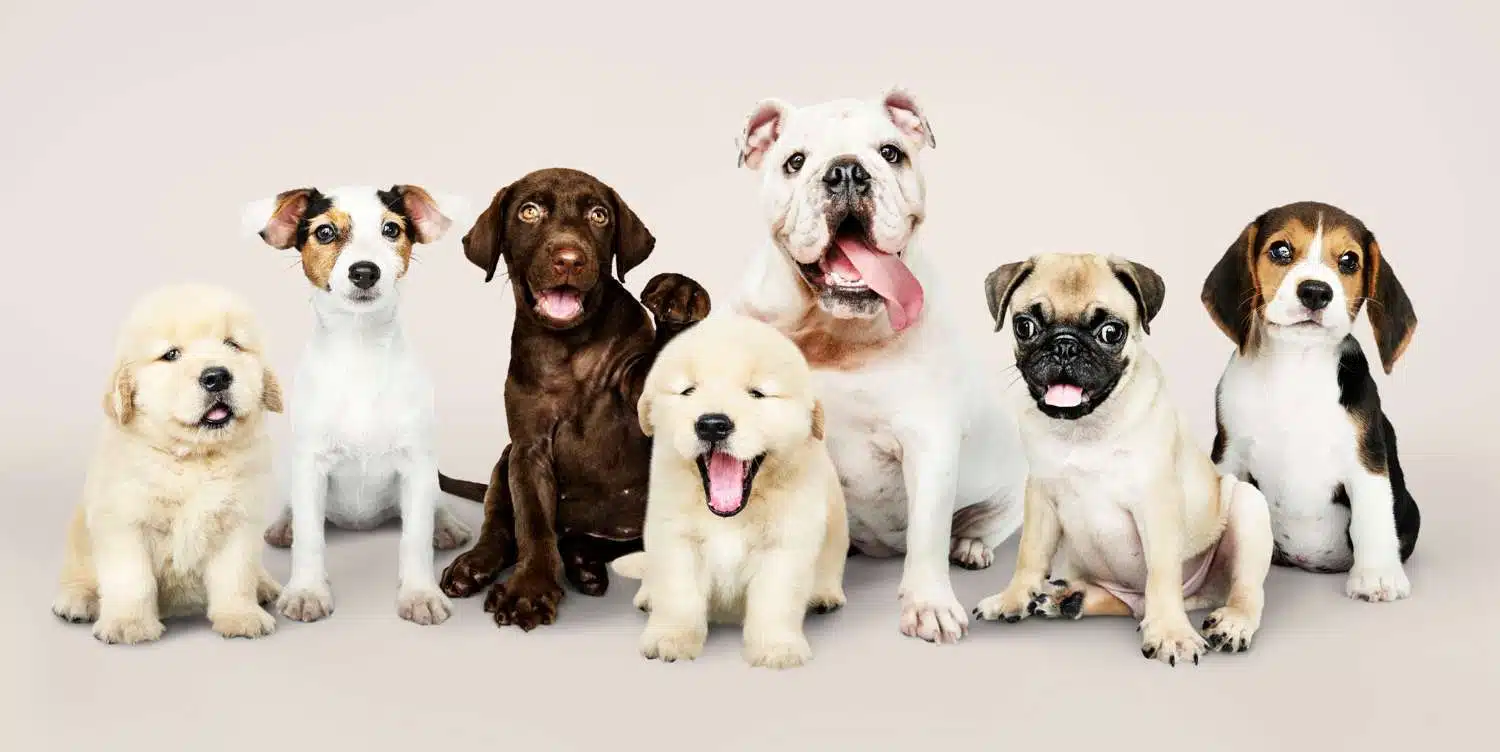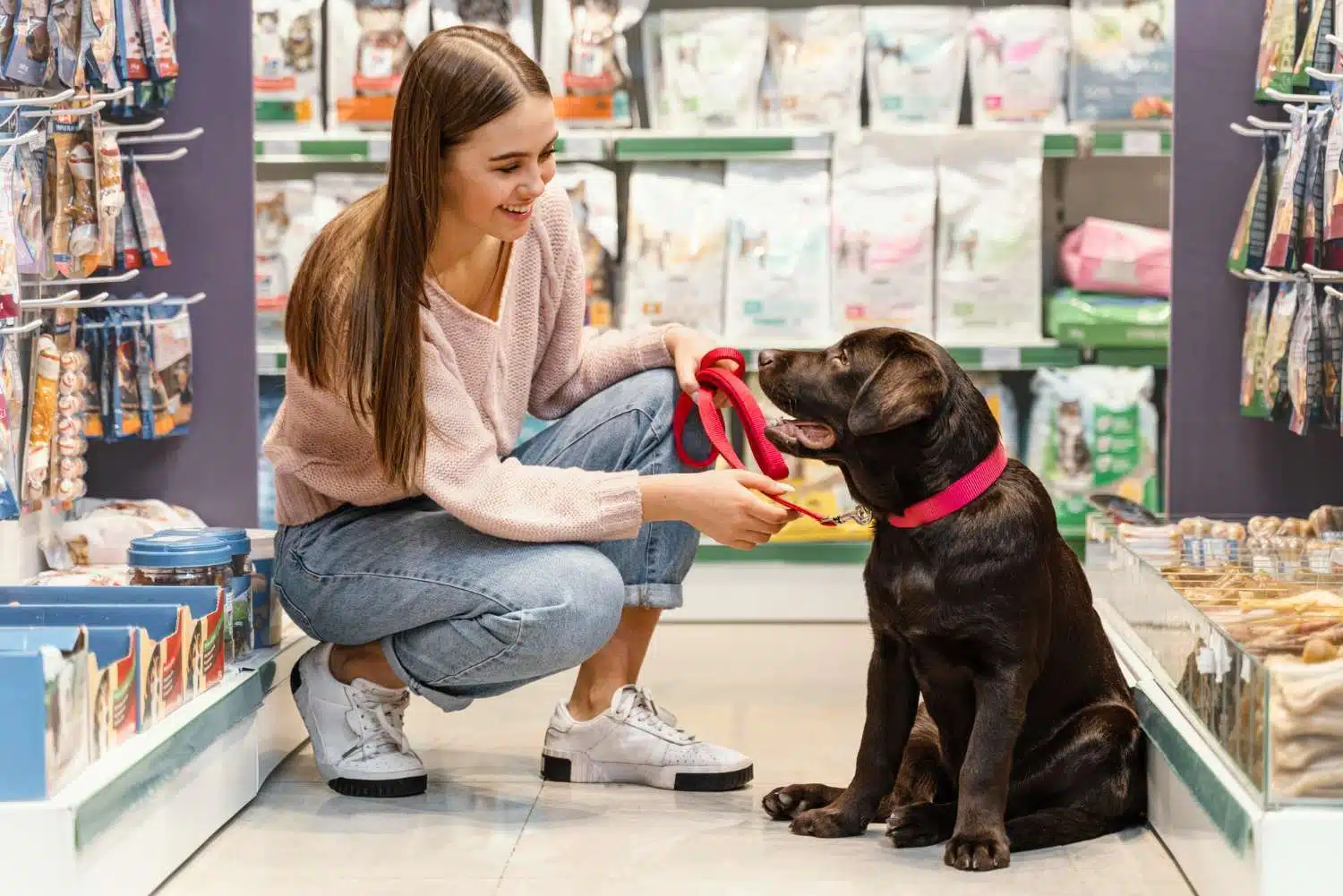Have you ever wondered if your furry friend has any siblings out there in the world? While it may seem like a daunting task, finding your dog’s littermates can be an exciting and rewarding experience. Not only can it help you understand more about your pup’s background, but it can also provide an opportunity for them to reconnect with their family. In this post, we’ll show you how to find your dog’s littermates so you can potentially reunite them and continue to nurture their bond.
The Benefits of Finding Littermates
If you’re a dog owner, you may have considered finding your pup’s littermates. Not only can it be a fun reunion, but there are also several practical reasons to connect with siblings. One of the most significant benefits is the potential for shared genetic traits, behavior and physical characteristics.
By finding littermates, you can get a better understanding of your dog’s breed mix and potential health concerns. Additionally, reconnecting with siblings can help improve socialization skills in your dog, as they’ll have the opportunity to interact with other dogs that share a similar background. Ultimately, finding your dog’s littermates can provide valuable insights and training opportunities for your furry friend.
Also Read: How to Socialize an Adult Dog
The 5 Ways to Find your Dog’s Littermates
1. Go to the Source
Ask the breeder:
The breeder who sold your puppy likely has contact information for the other puppy buyers, including the owners of your dog’s littermates. Don’t hesitate to reach out and ask the breeder to put you in touch. They may be willing to do so, especially if you express an interest in setting up a reunion or playdate. Even if the breeder can’t put you in direct contact with the other owners, they might be able to pass your contact information along to them.
Reach Out to Rescue Groups:
If your dog is a rescue dog, contact the rescue group for information on other puppies rescued from the same litter. They will most likely have already connected with other littermates’ new owners and can share relevant details with you.
2. Use an Online Database:
Check with the Kennel Clubs
If you’re searching for your dog’s littermates or genetic relatives, the American Kennel Club (AKC) can be a valuable resource. The AKC allows breeders to register litters and individual puppies, creating a comprehensive record of pedigrees, siblings, and dog’s relatives.
To find your dog’s litter mates, you can start by contacting the breeder and asking if they have registered the litter with the AKC. If they have, you can search for the litter on the AKC’s website and find information about the other pups in the litter.
This can not only help you connect with your dog’s siblings but can also provide valuable information about their health and temperament. By utilizing the AKC’s registration system, you can uncover a wealth of information about your dog’s family and create lasting connections with their littermates.
3. Try a DNA test
DNA tests for dogs have come a long way in recent years and can connect you with your dog’s close relatives too, including siblings. Companies such as Embark and Wisdom Panel test for breed, same ancestors, and health information and include features that help you connect with other pet owners. For example, Embark offers a tool called “Relative Finder,” which allows you to see if other dogs in their database share DNA with your pet. With Wisdom Panel, you can opt-in to receive updates about potential matches.
4. Use a Dog Finding Website Like FurLyfe.com
FurLyfe.com was developed specifically for dog owners who are looking to connect with their dog’s littermates. You can create a profile for your dog then click on “Find Litter” button. Users will fill out a form with their dog’s age, breed, location of purchase, and other identifying aspects.
Ask your breeder or rescue if they participate on Furlyfe. If they do, they can provide you a litter code that you can use instead of the form. If you do not have a litter code from your breeder or rescue then the Littermates search will return the closest matching litter groups based on your inputs. If there is not a match then dog owners can create a group that will be searchable if your dog’s siblings owners later look for their pup and littermates.
Furlyfe also has features that allow dog owners to connect with their dog owning neighbors, local groups, and same breed group. In addition to these search features, Furlyfe provides dog owners a fun social media experience with local dog places, events, breed information, and a price comparison dog store.
The FurLyfe Litter search is a great option for rescue dogs, mixed breed dogs, or a puppy who’s breeder is unknown.
5. Use Social Media:
Social media can be an excellent tool for connecting with people and finding your dog’s littermates. Start by posting in different dog groups and breed-specific pages to see if anyone has any information. You can also create a unique hashtag that will enable others to find and connect with you easily.
Check Facebook and Instagram for breed-specific groups or pet-related communities. You might be able to find a group devoted to your dog’s breed or litter. Search for hashtags related to your dog’s breed or the location where they came from. You might be surprised at how many other pet owners are looking for littermates (and how many success stories as well).
The Reunion and Beyond
A dog littermate reunion can be an exciting and heartwarming experience for both dogs and their owners. When meeting for the first time, expect some initial sniffing, circling, and perhaps occasionally even excited barking. However, it’s essential to supervise the interaction, especially if the dogs haven’t seen each other in a while.
Ensure that the dogs are comfortable and keep an eye out for any signs of aggression. It’s of course also important to prepare your dog for the encounter, especially if they haven’t seen their littermates since they were puppies. Consider gradually reintroducing them to the idea of meeting their siblings through scent, sound, and pictures.
Once the dogs establish a relationship, finding ways to keep in touch can be a great idea. Activities like indoor playdates, outdoor adventures, and social media groups can help maintain the bond between littermates. Remember that each dog has a unique personality, so tailor your approach to their needs and preferences.
Conclusion
Finding your dog’s littermates can be a rewarding and exciting process. With the right tools, you can connect with other owners who have dogs from the same litter as yours. DNA testing, dog finding websites like FurLyfe.com, and social media are all great options to explore in order to make a connection.
Remember that meeting their siblings can take some time, so be prepared to supervise the initial interaction and gradually introduce them over time. With patience, knowledge and a bit of luck, you’ll be able to reunite your dog with their littermates!
Interesting Read













Get involved!
Comments